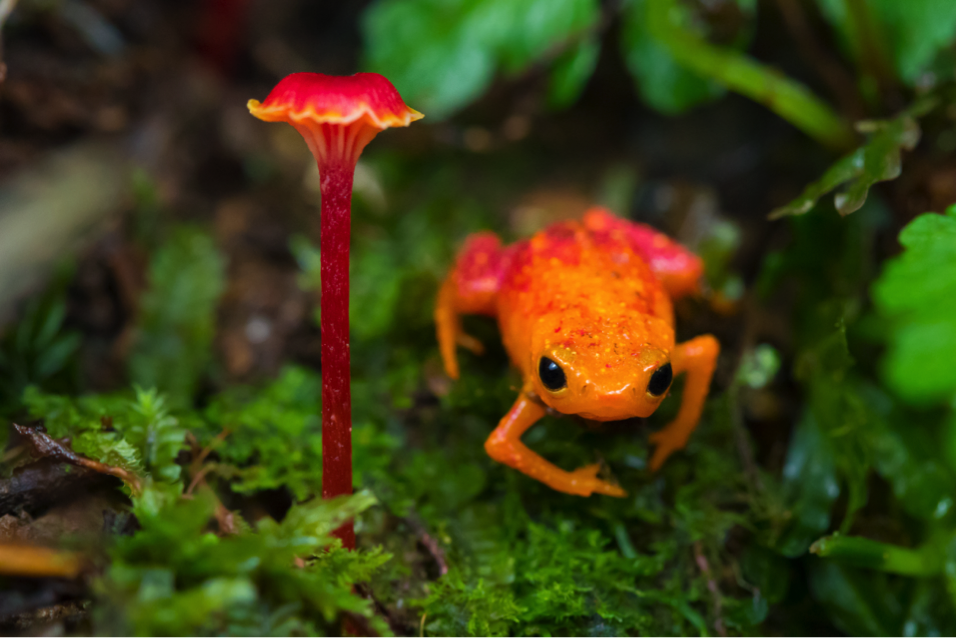AmphibiaWeb celebrates its 20th anniversary this year, which is remarkable for an online resource. Our mission remains the same: we connect people around the world by synthesizing and sharing information about amphibians to enable better research, education and conservation. Our team has grown over the years; we now have 13 steering committee members and 9 additional associates from universities and museums around the US and Australia, which includes three of our founders, Director David Wake, Associate Director Vance Vredenburg and Database Administrator Joyce Gross. We have adapted our operational strategy over the years to sustain our mission by responding to changing research needs and new technologies. We are in the midst of planning new changes to AmphibiaWeb and note a few major milestones here.
Most recently, we created and launched a repository for Batrachochytrium (Bd and Bsal) fungal data, chytridiomycosis being one of the most devastating infectious wildlife diseases in amphibians. As part of the North American Bsal Task Force, Associate Director Michelle Koo collaborated with the Deanna Olson, US Forest Service, to solve two challenges: 1) create a repository to aggregate and share data on the newly discovered Bsal fungus; and 2) upgrade and migrate the Bd Maps database, which was left without sustainable means to update and share data. Thus AmphibiaWeb built the Amphibian Disease portal (https://amphibiandisease.org/), where users can access a growing database for over 500 species from 47 countries. It includes the first US survey for Bsal (from May 2014 through August 2017) conducted by the USGS (Waddle et al 2020). More than 11,000 samples are recorded from reserves nationwide, all thankfully negative for Bsal, which forms a valuable baseline for the US. We link each species in the Disease portal to the respective species accounts. The repository will be critical for serving as both an archive for researchers (important for scientific reproducibility) and as a resource to understand disease dynamics and predict threats. Contact us if you or a colleague are embarking or have chytrid samples and would like to learn more.
From our beginning, AmphibiaWeb has been an important educational resource and activity. Recently, we have produced original Primers on Amphibians and on Phylogeny & Taxonomy written by steering committee members. We offer lesson plans for educators, and activity sheets and Spanish language comics for younger children. Much of our material, both research and educational outreach, is due to the work of UC Berkeley undergraduate apprentices in conjunction with staff. Each spring semester, US herpetology classes participate by having their students research and submit original species accounts. To date, we have had 41 classes and 546 students contribute to AmphibiaWeb! We always welcome inquiries and new classes.
We recognize that it can be challenging to keep up with all the progress and news posted on AmphibiaWeb, so we are launching a quarterly newsletter starting in December 2020 and invite you to subscribe. We look forward to more years of service to the amphibian biology community and the public.
By Michelle Koo, David Wake. AmphibiaWeb/ Museum of Vertebrate Zoology, University of California Berkeley (U.S.)

